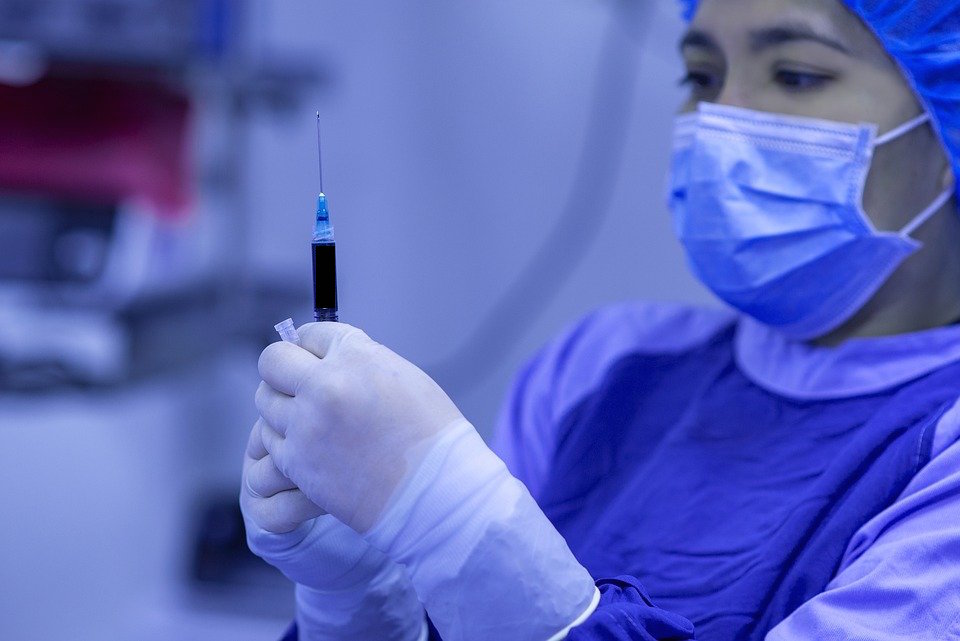Needlestick injuries can occur at any time someone uses, disassembles, or disposes of needles. Many needle stick injuries occur when trying to replace the safety cap on the needle following the injection.

Needlestick injuries commonly occur during needle recapping or via improper disposal of devices in sharps containers.
SureReCap™ is a simple safe solution to help reduce the risk of needle stick injuries. Our SureReCap™ patented design securely holds the large outer cap of needles so that the needle can be recapped, removed, and disposed of, without ever touching the needle. SureReCap™ capitalizes on the ”no-touch” protocols that eliminates direct contact with needles after use and disposal which greatly reduces the risk of needlestick injuries.
Access to appropriate personal protective equipment and safety devices, such as SureReCap™, reduces the risk of occupational needlestick injuries.[2]
Needlestick injuries make up more than 80% of all percutaneous exposure incidents in the United States.[1][3] It is estimated that there are 3.5 million needlestick injuries each year. These estimates are considered low, it is estimated that half of all occupational needlestick injuries are not reported.[14][15]
Results of Needlestick injuries
Needlestick injuries can lead to transmission of blood-borne diseases, placing those exposed at increased risk of infection from disease causing pathogens, such as the hepatitis B virus (HBV), hepatitis C virus (HCV), and human immunodeficiency virus (HIV). Among healthcare workers and laboratory personnel worldwide, more than 25 blood-borne virus infections have been reported to have been caused by needlestick injuries.[2]
Generally, needlestick injuries cause only minor visible trauma or bleeding; however, even in the absence of bleeding the risk of viral infection remains.There are psychological effects as well as physical injuries with an occupational needlestick injury.
They can also be costly for hospitals, clinics, and care facilities. Find out today how SureReCap™ can help protect health care workers and save hospitals, clinics, or care facilities money.
Continue reading